Report this entry
More from the same community-collection
Y. M. C. A. Building - El Paso, Texas
The postcard shows the old Y.M.C.A. Building. Y.M.C.A. stands ...
Getrude Fitzgerald with Children - El Paso, Texas
The image shows Gertrude Fitzgerald with two of her Children. ...
Adolfo Perales and Clementina Ortega Perales
The picture shows Adolfo Perales and Clementina Ortega Perales ...
Margie Macias Yannuzzi - El Paso, Texas
Margie Macias Yannuzzi's picture was taken on her wedding day in ...
Cecilia Porras (Bustamante) - El Paso, Texas - 1953
The bride in this beautiful wedding dress is Cecilia Porras ...
Beatriz Amparan Gutierrez and Carmelo Gutierrez
The photograph shows Beatriz Amparan Gutierrez and Carmelo ...
Arturo Pedregón and Benita Duarte Pedregón
The picture shows the couple Arturo Pedregón and Benita Duarte ...
El Paso City Baseball Team and Charles F. Jones
Champions of the Southwest-- in the middle sitting is the ...







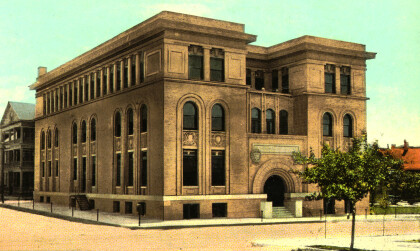
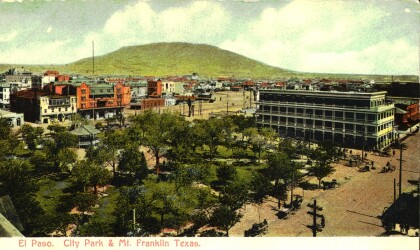
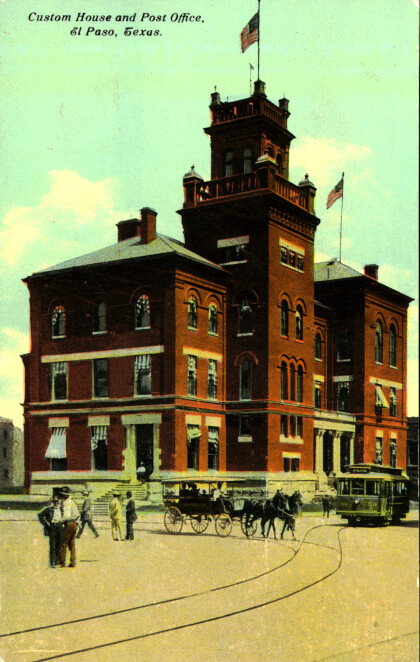
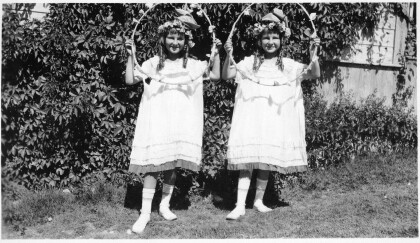
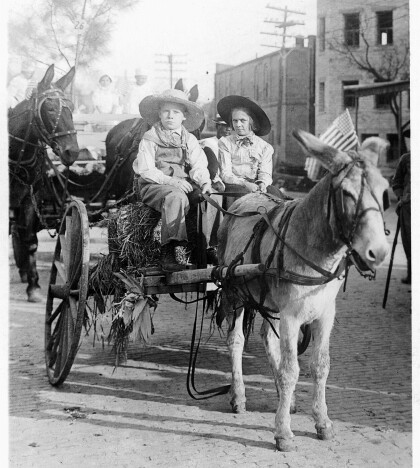
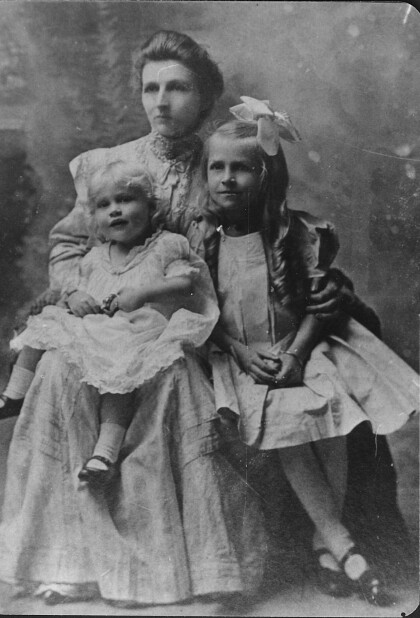
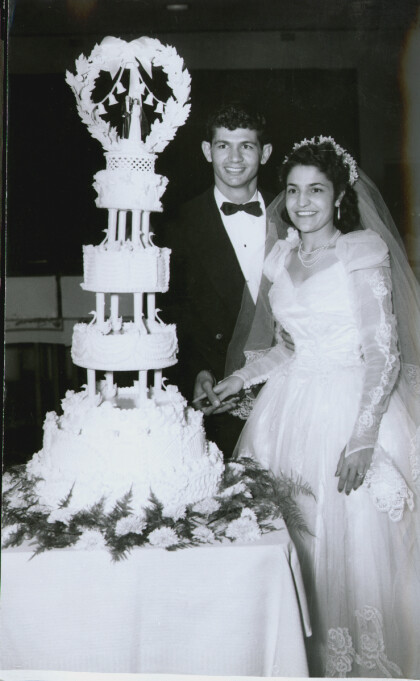
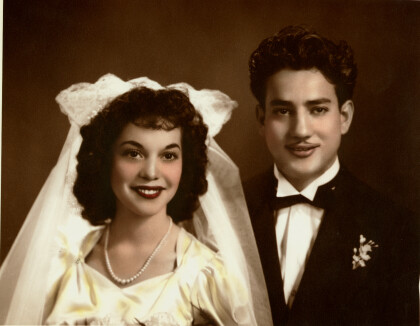
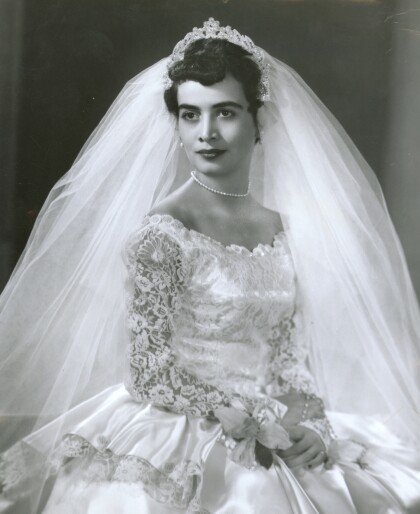


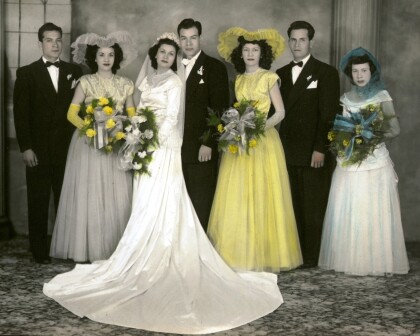
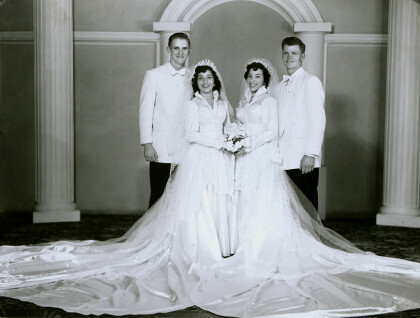

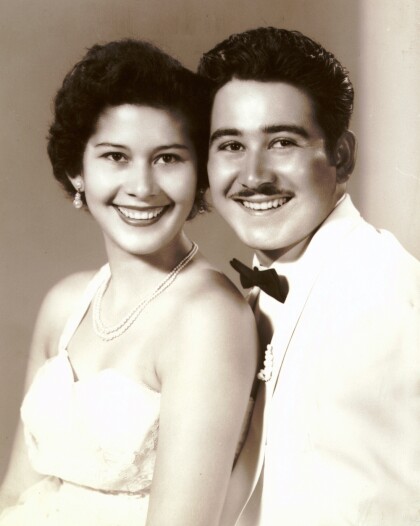
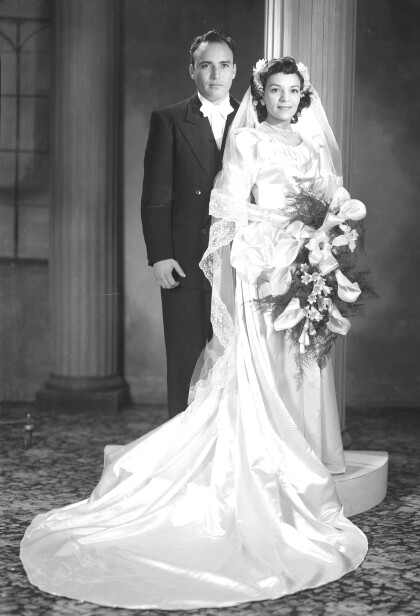

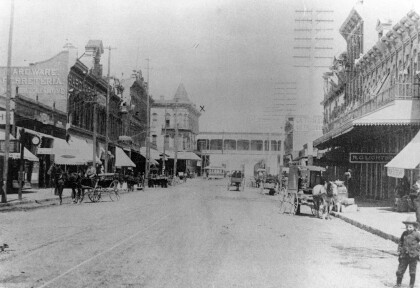
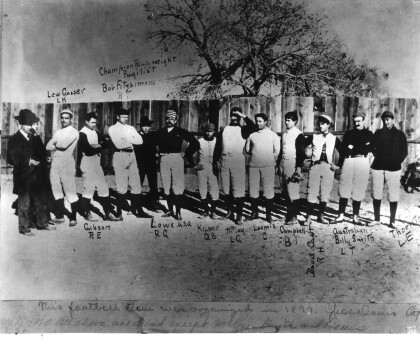
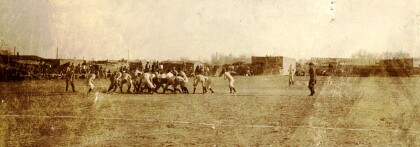
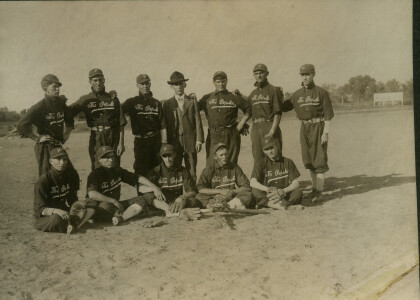
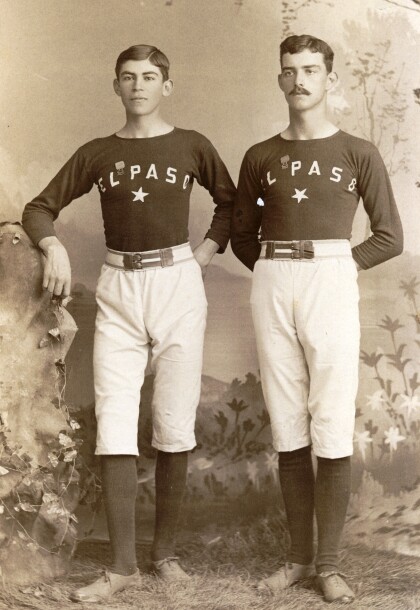
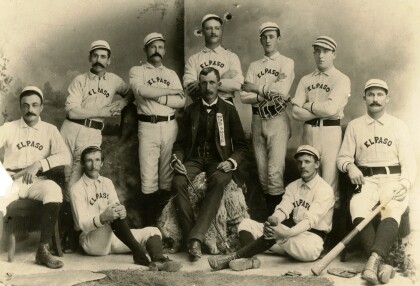
Comments
Add a comment